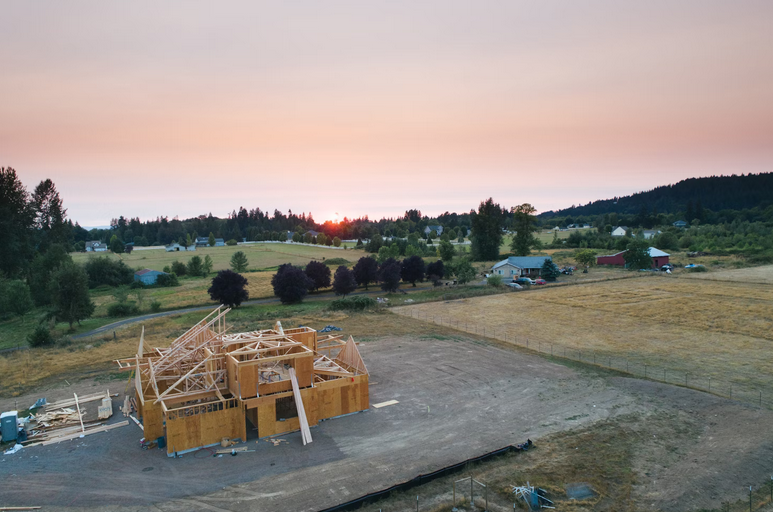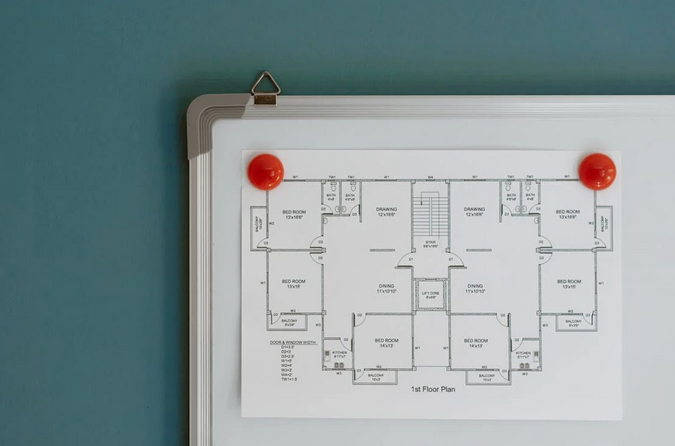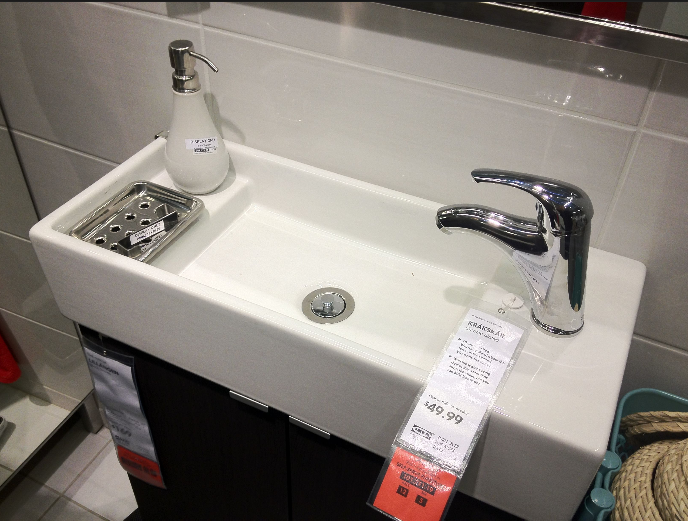Factors to Consider When Building a Log Cabin House

Building a log cabin house is more than just a construction project; it’s an adventure that brings you closer to nature while creating a cozy retreat. The rustic charm of timber and the warmth of wood can transform your dream home into reality. Whether you’re planning to escape the hustle and bustle of city life or seeking a weekend getaway, there are key factors to consider when embarking on this journey. The Efficient size for a log cabin is the first thing you should know before getting started. From selecting the best materials to designing an efficient floor plan, every choice shapes your ultimate sanctuary in the woods. Let’s explore what you need to know to build your perfect log cabin house.
Choosing the Right Materials

Choosing the right materials is crucial when building your log cabin house. The type of wood you select will influence both aesthetics and durability. Popular choices include cedar, pine, and spruce, each offering unique qualities. Cedar is naturally resistant to decay and insects, making it a long-lasting option for cabin construction. Pine provides a softer finish that’s easier to work with but may require more maintenance over time. Spruce offers an excellent balance between strength and affordability. Beyond wood, consider insulation materials that enhance energy efficiency. Insulated logs or foam boards can help maintain comfortable temperatures year-round.
Selecting Foundation and Roofing Materials
When building a log cabin house, selecting the right foundation and roofing materials is crucial for durability. A solid foundation ensures that your cabin will stand strong against natural elements. Concrete slabs or piers provide excellent support. They resist moisture and prevent shifting over time. For roofing, consider materials that blend well with your cabin’s rustic aesthetic while offering protection from the weather. Metal roofs are popular due to their longevity and low maintenance needs. They can withstand heavy snow loads and extreme winds.
Alternatively, wooden shingles add warmth to your design but require more upkeep. Think about insulation too; it plays a vital role in maintaining comfort year-round. Properly chosen materials not only enhance the structural integrity of your home but also contribute to its overall charm and appeal in nature’s embrace.
Designing the Floor Plan

Designing the floor plan for your log cabin house is a crucial step. It shapes how you and your family will interact with the space daily. Consider your lifestyle. Do you love entertaining? An open layout can enhance social gatherings, allowing guests to flow from one area to another seamlessly. Think about natural light too. Large windows can brighten up rooms and provide stunning views of nature outside. This connection to the outdoors is what makes a cabin feel special. Also, think long-term. Will this cabin be a vacation home or a permanent residence? Your needs may change over time, so flexibility in design could prove beneficial down the line.
Building a log cabin house is an exciting venture that requires careful thought and planning. Each element contributes to creating a warm retreat that reflects your personality. By focusing on these factors, you set the stage for a beautiful log cabin experience that stands the test of time. Embrace this journey as you transform dreams into reality within those wooden walls.


